A road trip from Louisiana to Mississippi: Crawfish, beignets and beaches
As they continue their great American road trip by RV, Simon Veness and Susan Veness roll through ancient waterways, crawfish farms and urban oases on a culinary adventure across the southern states

Your support helps us to tell the story
From reproductive rights to climate change to Big Tech, The Independent is on the ground when the story is developing. Whether it's investigating the financials of Elon Musk's pro-Trump PAC or producing our latest documentary, 'The A Word', which shines a light on the American women fighting for reproductive rights, we know how important it is to parse out the facts from the messaging.
At such a critical moment in US history, we need reporters on the ground. Your donation allows us to keep sending journalists to speak to both sides of the story.
The Independent is trusted by Americans across the entire political spectrum. And unlike many other quality news outlets, we choose not to lock Americans out of our reporting and analysis with paywalls. We believe quality journalism should be available to everyone, paid for by those who can afford it.
Your support makes all the difference.The server at Suire’s Grocery was apologetic. They had just finished their lunch period and only had sandwiches left. Would that do? But before we could register a response a voice piped up from behind the hatch in the servery, insisting they had one last hot plate to offer. It was boudin and rice in gravy, take it or leave it.
Gratefully, we agreed to take it. We had hoped for their “legendary” Turtle Sauce Piccante, or Catfish Po’boy, or something else from their daily chalkboard of Cajun delicacies, all redolent of 300 years of southern Louisiana’s cultural hot-pot. But boudin and rice sounded intriguing. “What’s in it?” we asked, naively. The person next in line piped up. “Best not to ask,” she insisted. “But it’s good eatin’ all the same.” She wasn’t wrong.
Traditional boudin is a sausage made from pork meat, rice, vegetables and seasonings that vary from kitchen to kitchen and can include liver and heart, hence the whispered advice to stay ignorant of the recipe. We took the plunge and savoured a deeply flavourful plateful. The sausage had the consistency of pate and the thick gravy added a delectably gooey texture that hinted of bourbon, tabasco and something essentially earthy.
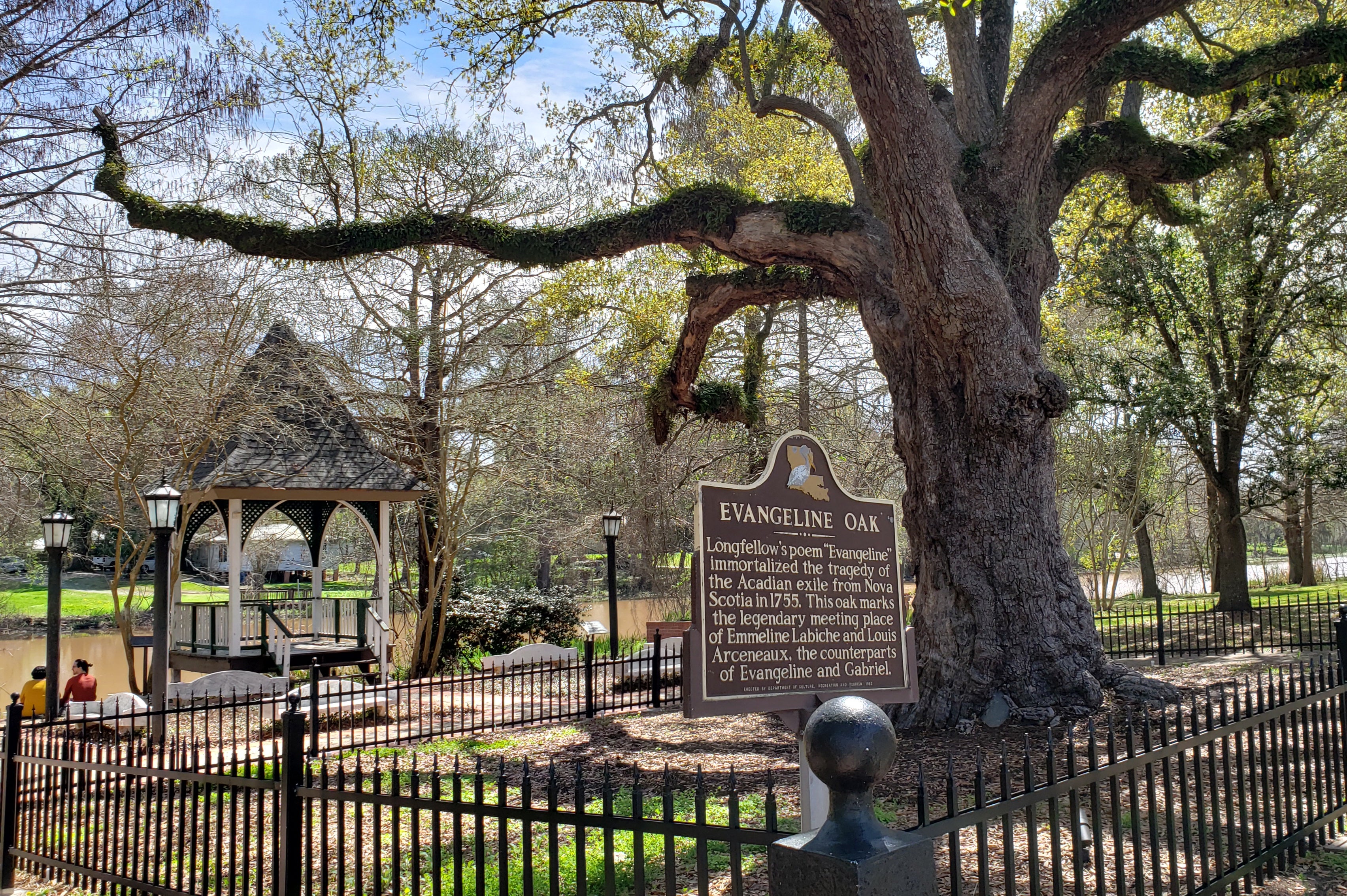
Read more: A fiery new food tour across America’s Deep South
Family-run Suire’s, in the rural town of Kaplan, was exactly what we’d hoped to encounter as our year-long RV circumnavigation of the US reached its 11th month. Southern Louisiana held the promise of experiences beyond the usual tourist trail, and we were soon immersed in a world of historical intrigue, ancient waterways, crawfish farms and fabulous food – the legacy of the 18th-century French Catholic expulsion from maritime Canada.
Here, along the Cajun Corridor Byway, we explored St Martinville, founded in 1765 and the setting for Longfellow’s epic poem “Evangeline”. We continued to the shrimping centre of Morgan City and White Lake Wetlands Conservation Area, where we were advised to keep an eye out for alligators. We also discovered Hebert’s Meats and dined on superb etouffee, jambalaya and more boudin.
Heading further east brought us to history-rich Baton Rouge via the 18-mile marvel of Atchafalaya Basin Bridge, an extensive causeway across America’s largest river swamp. From the elevated seats of our 36-foot-long Winnebago, we enjoyed a grandstand view of this million-acre wetland that is effectively the Mississippi’s dramatic overflow basin.
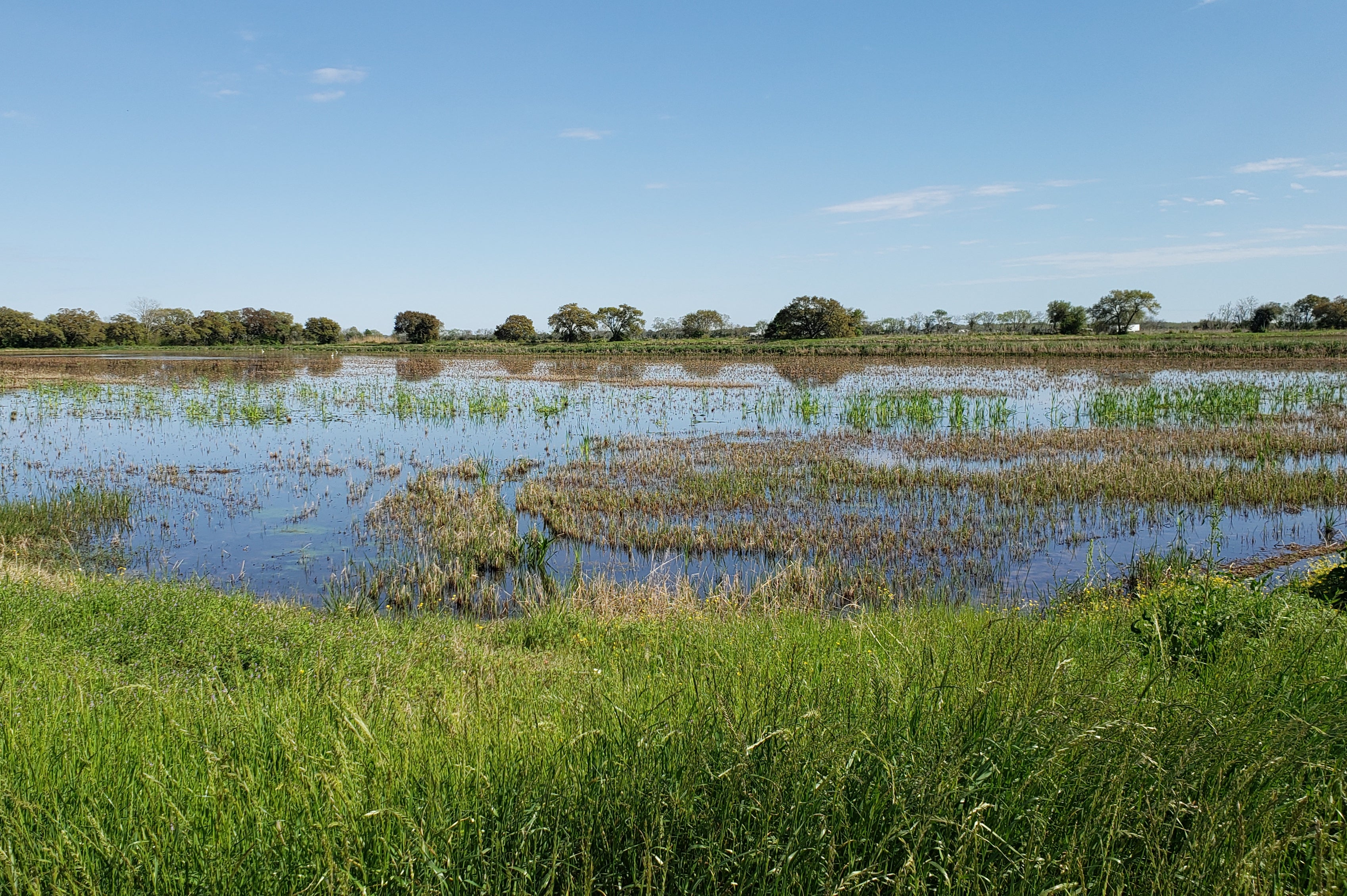
We checked in to the chic Tiger’s Trail RV Resort, an adjunct to the neighbouring L’Auberge Casino and packed with amenities like a swimming pool, lazy river feature, laundry and pickleball courts, plus the friendliest camp hosts we’d yet met. Fully in tune with the campground camaraderie we had come to expect, the Tiger’s Trail folks made us feel part of their family with a friendliness that was genuine and unmistakable.
Baton Rouge introduced us to the massive Louisiana State University campus with its stunning 102,000-seat American football stadium and an urban profile packed with modern art and period architecture, including its neo-Gothic Old State Capitol building, St Joseph Cathedral and Magnolia Mound Plantation House. The city’s oldest neighbourhood, the Civil War-ravaged Spanish Town, offered a collection of period homes, as well as the nearby temptations of Cecilia Creole Bistro, where we sampled fried oysters and alligators.
Resorting to our trusty tow car, we ventured in search of the rural towns and backwaters that reputedly make up 80 per cent of the state. Here, we could drive part of the Great River Road National Scenic Byway, a homage to the mighty Mississippi, studded with landmarks from the plantation era, notably Houmas House with its stately mansion and gardens.
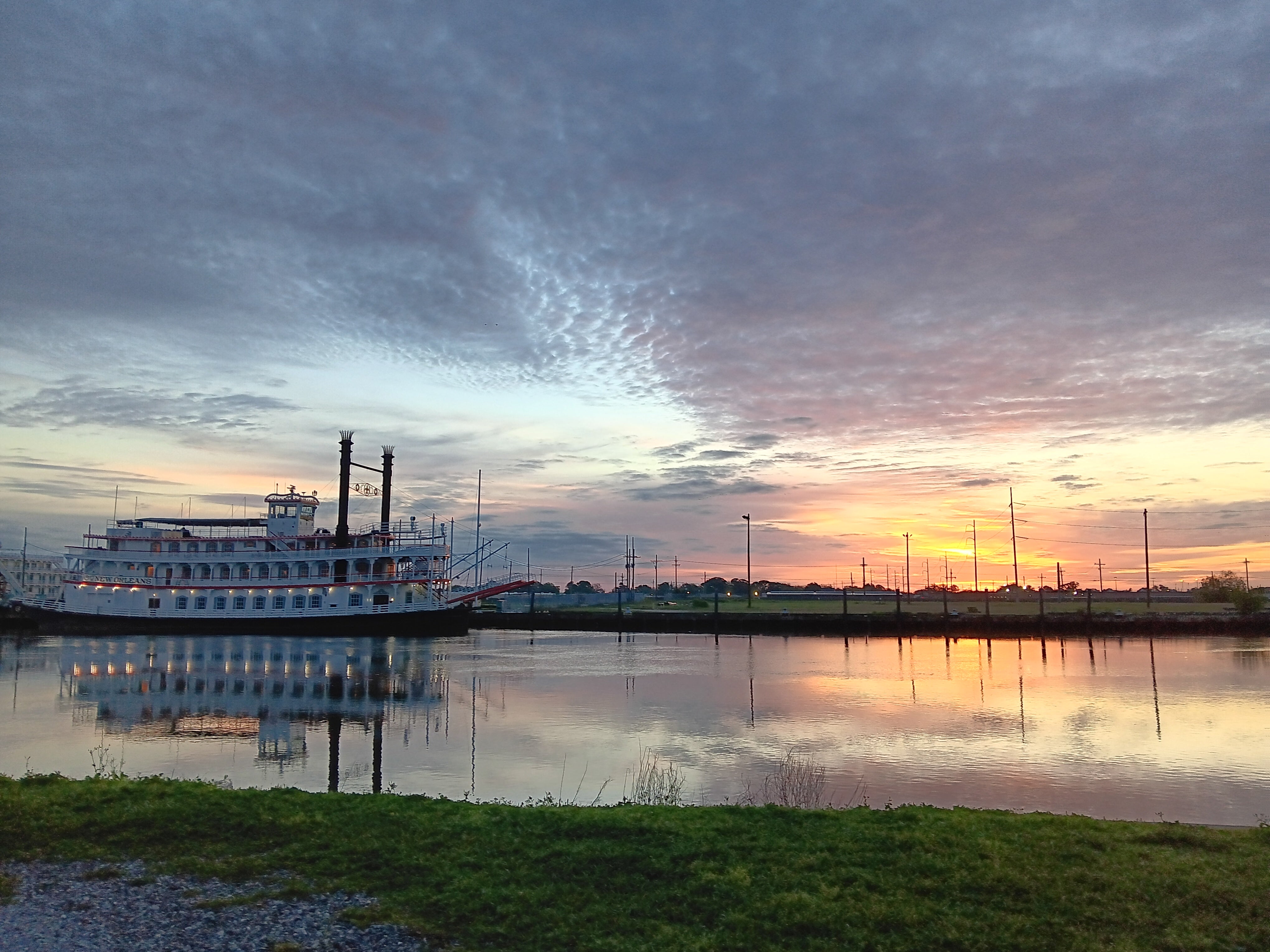
The classic waterway of Bayou Manchac took us back into the 19th century, and the Southern Swamp Byway took us further still, with a timewarp journey into backroads where gators and turtles were often the only living creatures and crawfish farms were commonplace. Back in the 1940s, rice farmers realised their flooded rectangular ponds were the perfect breeding ground for crawfish, which thrived on the rice stalks, and promptly set up a two-for-the-price-of-one industry that supplies 100 million pounds per year of this delectable freshwater crustacean.
This symbiosis of backwater industry and dinner-table staple reached its zenith in New Orleans, where, for once, we were willing to drive our RV into the city to be close to the attractions. The New Orleans RV Resort & Marina proved yet again that a decent place to pull up and plug in is always on hand, and we dropped anchor for a week of Big Easy sights and tastes. Especially tastes.
Read more: Move over New Orleans, Lake Charles is our new favourite destination for Mardi Gras
Lafayette and Baton Rouge had whetted our appetites for the rich, rustic cuisine of the bayous, and we expected this foodie-centric city to raise the bar considerably. We weren’t disappointed. While we delighted in the unique French-Spanish-British culture that underpins New Orleans life, we happily soaked up the likes of shrimp etouffee, fried okra, gumbo and andouille sausage, all of which came with the Cajun “holy trinity” of chopped onions, celery and green bell peppers for stews, soups and sauces of lip-smacking pleasure.
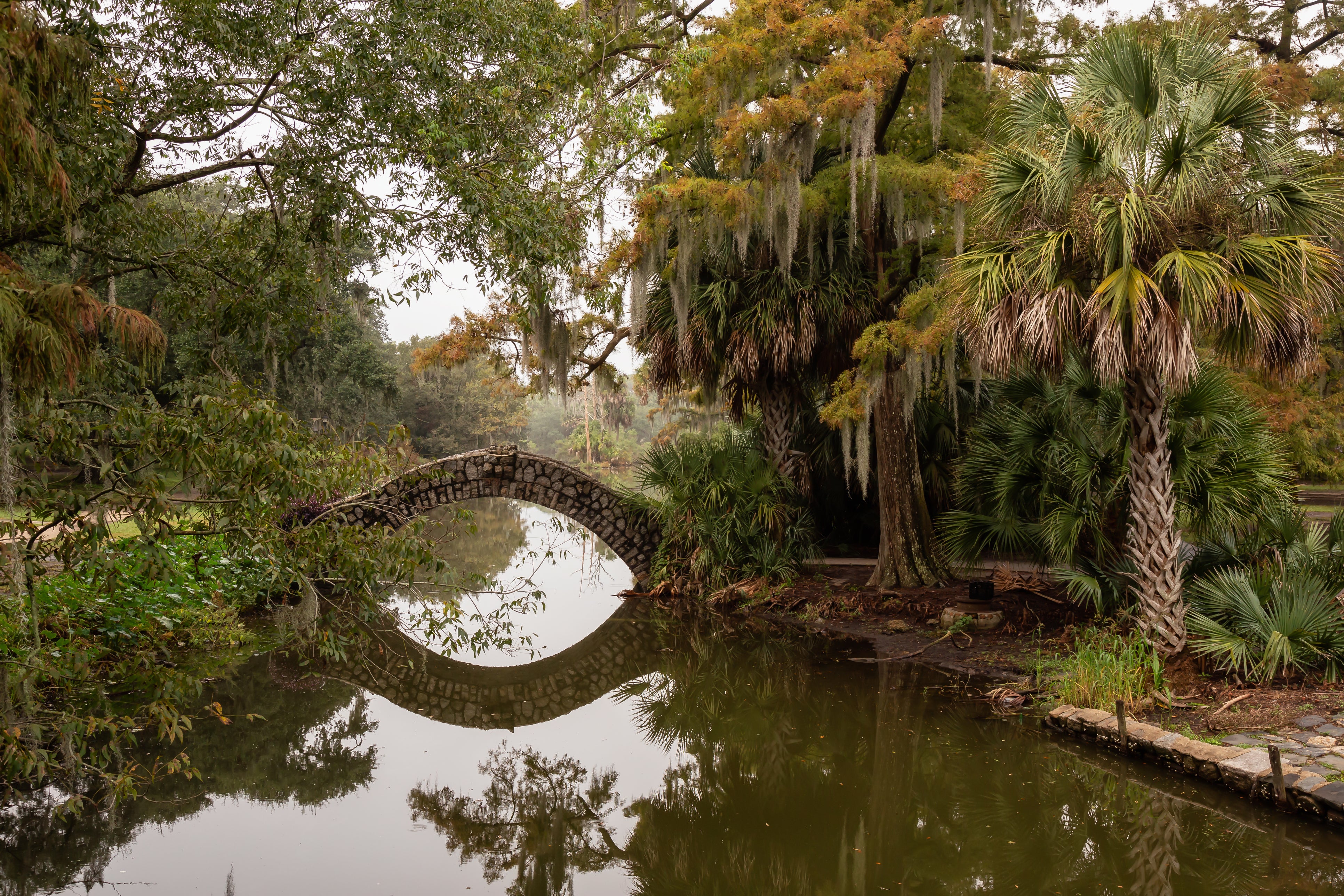
We arrived just in time for the Wednesday concert series in Lafayette Square, a free weekly festival of live music and food kiosks that immediately got us up to speed on how to enjoy the city, especially when we came across the urban oasis of City Park, the second largest park in the US after New York’s Central Park. Its mixture of botanical gardens, amusement parks, museums, sculpture gardens and dog parks was balm for the soul and a feast for the senses, especially when we happened upon the beignets.
Aah, the beignets! These little portions of fried dough delight are a local speciality dating back to French immigrants from the 1700s, and Café du Monde has been serving them since 1862. Now in locations throughout the city, they are as iconic as Mardi Gras and twice as delicious. City Park’s café lacked the crowds of the downtown venues, hence we sat and ingested with enormous relish.
Read more: How to do the perfect New York city break
While New Orleans beguiled with its cuisine, music and culture – including the renowned National WWII Museum, which brought us to tears with its section on the Holocaust, and Chalmette Battlefield, where the 1815 Battle of New Orleans effectively ended colonial claims on America – the rural areas south of the city caught us off guard. The painfully impoverished towns of the Mississippi River Delta were a reminder of a tragic past and uncertain future, with its historic high poverty levels now exacerbated by a succession of hurricanes that have left deep scars, along with the climate change forecast for more.
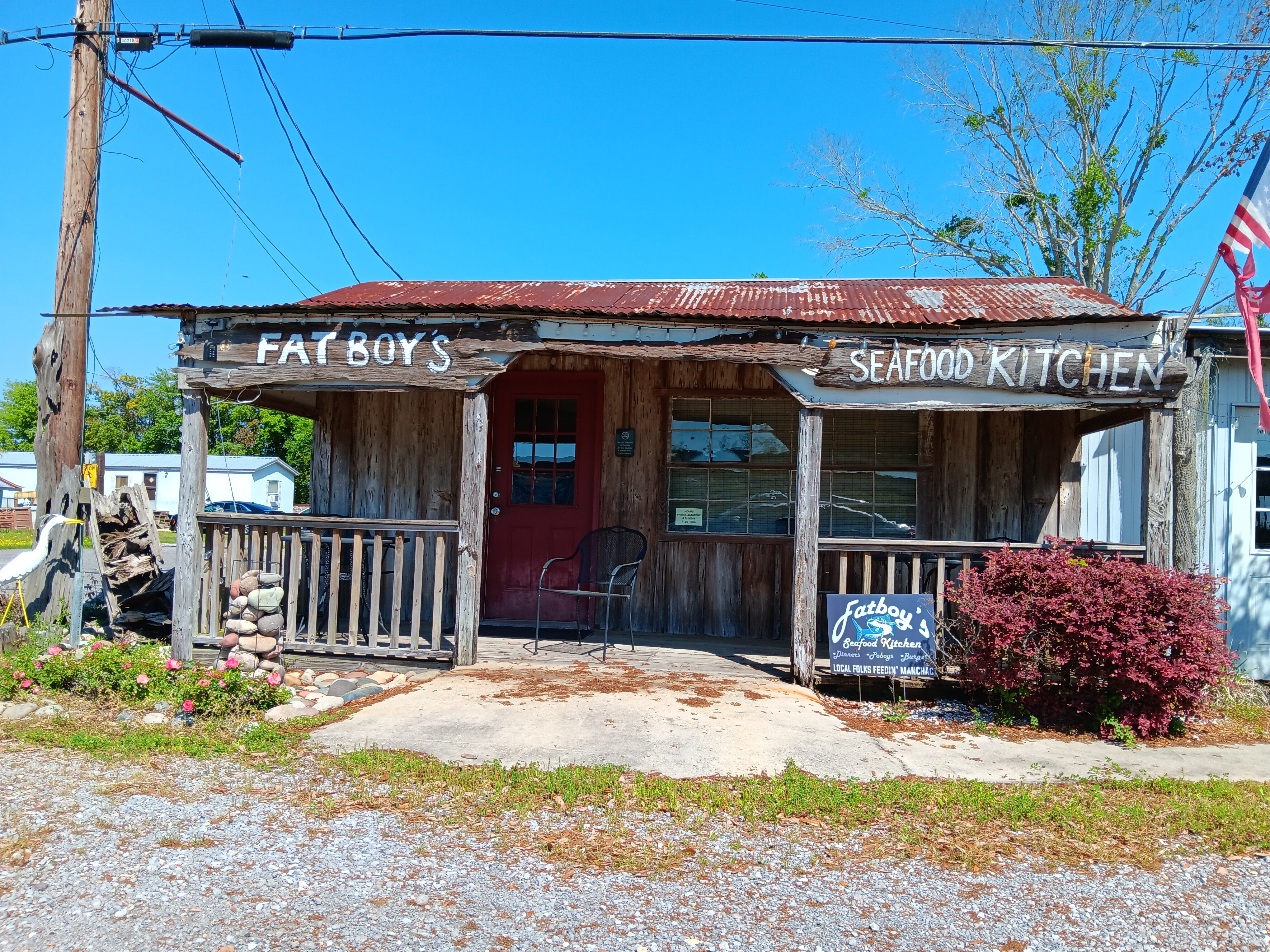
The state of Mississippi presented us with dazzling Gulf Coast real estate. As we pulled into Buccaneer State Park, another superbly equipped campground right on this captivating coast, we were aware of the beach just a few yards from our site, while the coast road disappeared to the east in a whispered promise of new discoveries.
Sure enough, we were right on Beach Boulevard Scenic Byway, a pristine 13-mile stretch of wooded seaside nirvana studded with two utterly charming towns in Waveland and Bay St Louis. While New Orleans grabbed all the tragic headlines of Hurricane Katrina in 2005, Waveland was actually ground zero for the monster storm, with only one building left standing on the high street thanks to a 30ft surge that pushed miles inland and left 57 dead (out of a population of 8,361). Amazingly, the rebuilding effort has created a new-town appearance with old-school sensibilities, and the Byway provided outstanding sight-seeing as well as blissful beaches and the eclectic Mockingbird Café, a survivor of Katrina and now a community focus for breakfast, lunch and heavenly coffees.
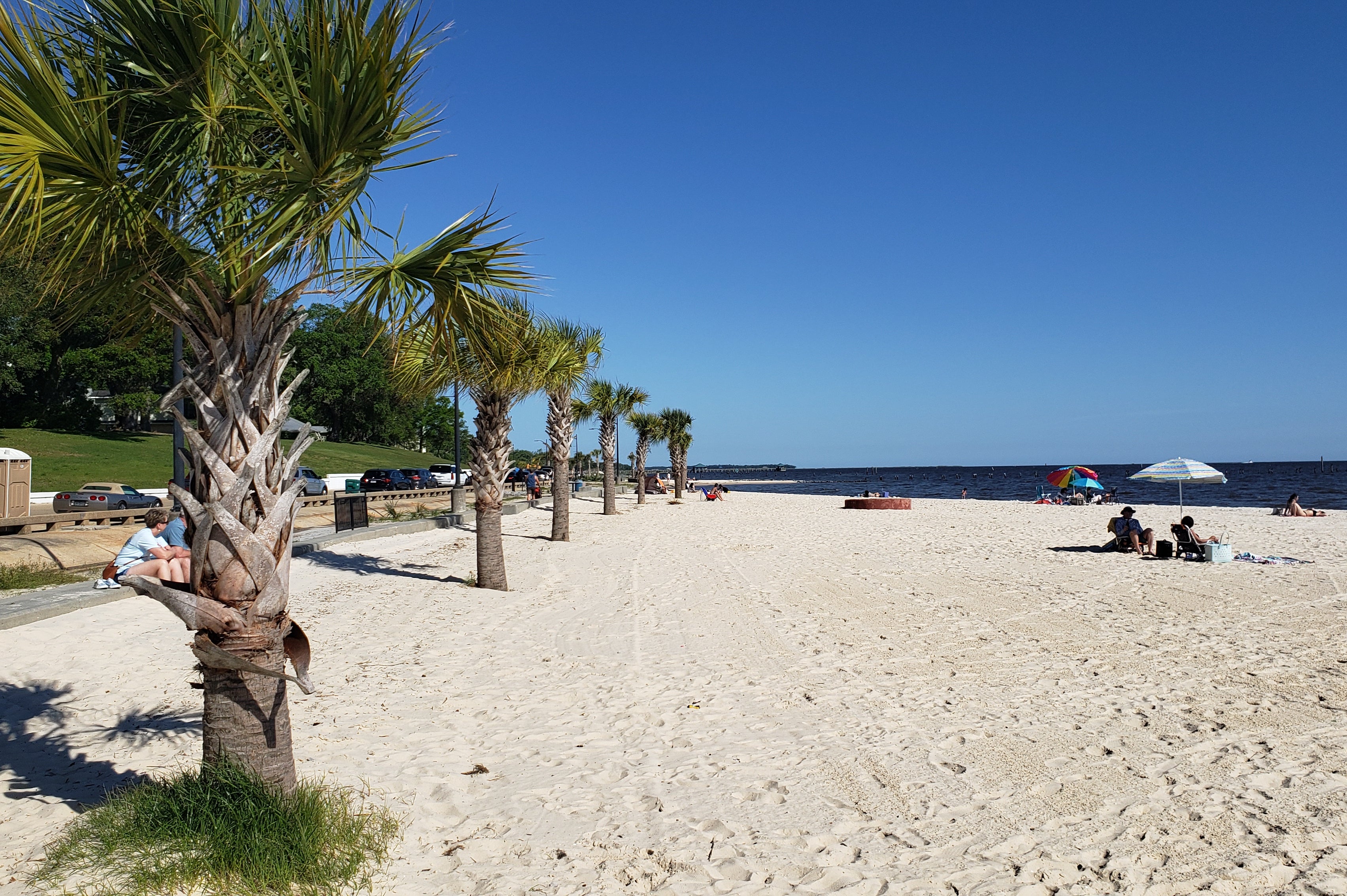
The coastal idyll continued as we took Highway 90 through Pass Christian, Long Beach and Gulfport to Biloxi Bay RV Resort, and another exercise in high-quality camping. With its own lazy river feature, swimming pool and bayfront bar, we were totally cosseted for another week, while also enjoying local highlights that included the eclectic arts community of Ocean Springs – packed with restaurants, art galleries and its own beachfront – and Biloxi itself, with more dining delights, as well as 26 miles of white sands that wouldn’t be out of place in the Caribbean.
In many ways, we had uncovered the essential Zen of RVing with a totally chilled state of road-going mind, but there was more in store as we considered the final month of our grand adventure through Alabama and back home to Orlando.
How to do it
RV Factfile:
- For RV rentals in Louisiana, see cruiseamerica.com/rv-rental-locations/louisiana
- For more info, see explorelouisiana.com and neworleans.com
‘111 Places in Orlando That You Must Not Miss’ by Simon Veness and Susan Veness is out now for £13.99.
Read more: US cities for solo female travellers you might not have considered
Join our commenting forum
Join thought-provoking conversations, follow other Independent readers and see their replies
Comments